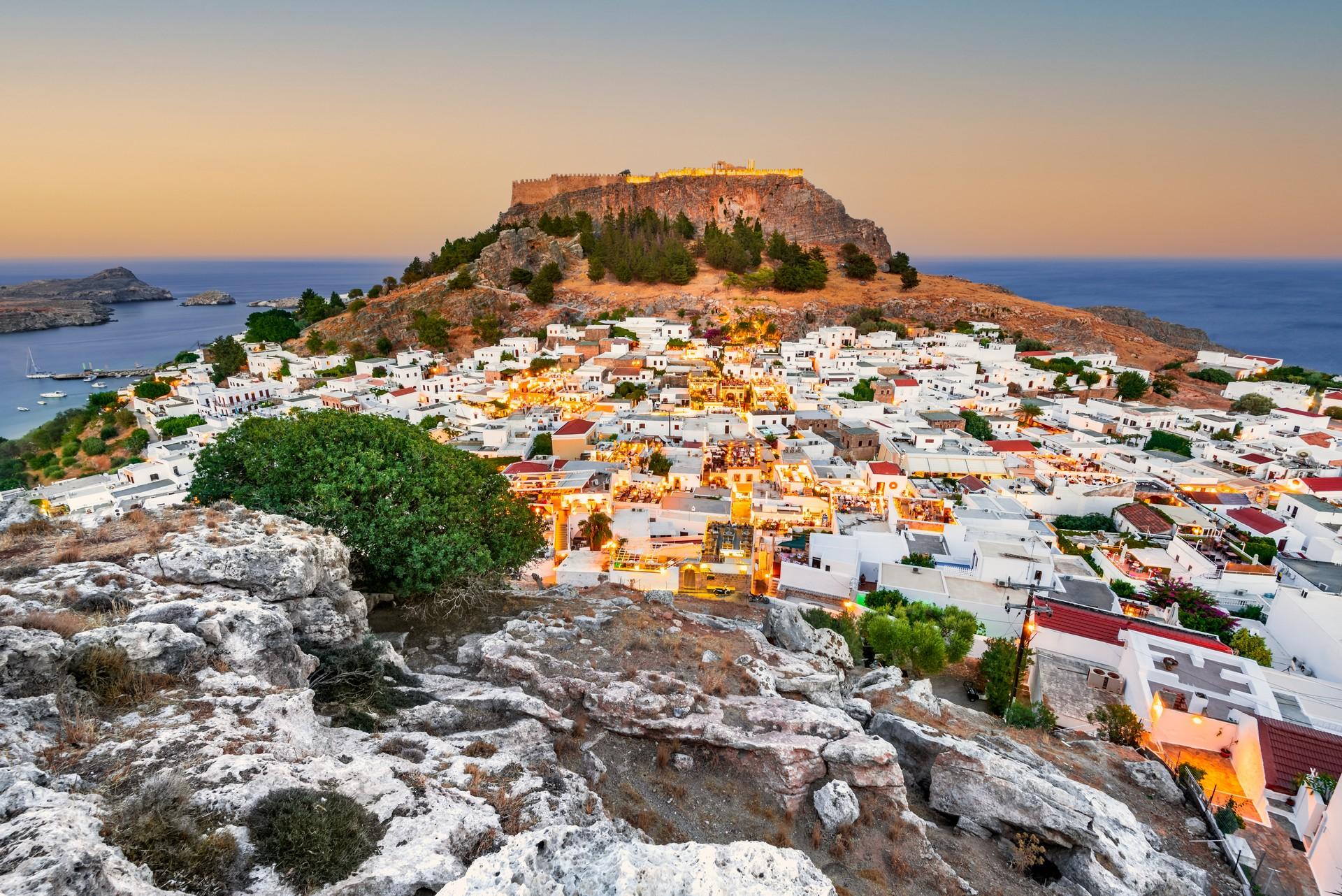
Top 7 Destinations to Explore Rich Historical Architecture in Europe During Summer

Top 7 Destinations to Explore Rich Historical Architecture in Europe During Summer
Sunheron is your go-to planner for discovering the top destinations to explore rich historical architecture during summer in Europe. With tailored features like detailed weather forecasts, activity filters, and easy booking options, we make your planning hassle-free. Explore our helpful blog content and start planning your architectural journey today!
Choosing Destinations for Exploring Historical Architecture in European Summers
When selecting the best destinations for exploring historical architecture during the European summer, one must consider several critical factors. The summer months in Europe are generally warm and pleasant, providing excellent conditions for prolonged outdoor exploration and sightseeing. Cities with well-maintained heritage sites, reliable tourism infrastructure, and accessible public transportation make it easier for visitors to reach and explore these architectural wonders. Regions like Southern Europe, including parts of Spain, Italy, and Greece, offer a well-preserved array of historical landmarks, ranging from ancient ruins to Renaissance structures, that captivate visitors with stories of a bygone era. Furthermore, cities in regions such as the Aegean or the Mediterranean tend to see fewer rainfalls during this season, enhancing the opportunity to explore these sites extensively without weather disruptions. Infrastructure such as guided tours, multilingual information centers, and heritage festivals often enhance the educational value of these visits, making destinations in regions like Central and Southern Europe especially attractive to history and architecture enthusiasts. For those traveling in the summer, many Polish and Austrian cities offer a mild climate that is ideal for comfortable exploration of their medieval castles and baroque gardens.
Discover Historical Architecture in Líndos, Greece

Líndos, located on the east coast of the Greek island of Rhodes, blends traditional charm with ancient history. Its strategic location overlooking the sea made it an important crossroads in antiquity, reflected in its preserved acropolis with temple ruins and stunning vistas. The summer months cover Líndos in sunlight, offering a vivid display of blues and whites against the sparkling Aegean backdrop. As one wanders through its narrow cobblestone streets, echoes of Dorian and Roman architecture make Líndos a fascinating summer visit. The town’s vibrant atmosphere, bolstered by summer cultural festivals, offers a dynamic setting for historical exploration.
Líndos stands out for its acropolis, a striking medieval structure perched on cliffs with panoramic Aegean views. In summer, the lesser likelihood of rain facilitates long explorations of the well-preserved Hellenistic architecture found here. The town holds a unique blend of ancient Greek and Byzantine influences, making it a premier destination for those eager to delve into classical architecture. Líndos’ mix of idyllic beaches and historical landmarks means visitors can effortlessly transition from sunbathing to history-trekking. Furthermore, the area is complemented by excellent local guides offering rich insights into this blend of architectural timelines. here.
A Summer Journey Through Ancient Rhodes, Greece
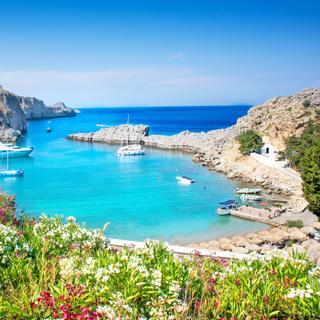
In the historic city of Rhodes, history comes alive amidst its vibrant summer scene. The city was historically one of the primary trade centers, reflected in its impressive mix of medieval and ancient Greek architecture. Rhodes houses the Palace of the Grand Master, a significant medieval structure standing as a testament to the Knights of St. John. The warmer summer months create a delightful atmosphere for exploring the archaic streets and traditional tavernas that capture the island's rich cultural tapestry. The integration of cultural festivals during this time enhances the historically immersive experience.
Rhodes provides an unparalleled blend of ancient and medieval architecture against a backdrop of idyllic summer weather. The impressive fortifications of the Old Town, a UNESCO World Heritage Site, exhibit stunning examples of Gothic architecture, ideal for comprehensive architectural tours. In summer, the surrounding parks and lush greenery provide a pleasant atmosphere for both educational and leisurely exploration. Easily accessible heritage trails and interpretive tours are abundant, making the rich history of Rhodes approachable for all visitors. here.
Uncover Valletta's Architectural Heritage in Malta
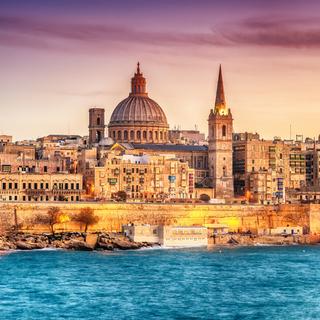
The fortified city of Valletta, with its dramatic Grand Harbour, is a jewel of Maltese architecture. As Malta's capital, its golden-hued stone streets and Baroque character have been preserved excellently throughout the centuries. During summer, the city’s rich tapestry of history is illuminated, quite literally, by extended hours of sunshine. The cityscape samples everything from majestic cathedrals to the remains of military fortifications, each revealing tales of the Knights Hospitaller. Valletta in summer offers numerous open-air concerts and theatre performances that highlight its cultural richness.
Valletta, a UNESCO World Heritage Site, is perfect for architecture enthusiasts keen on exploring Baroque art forms and Renaissance masterpieces. Its dry summer climate offers comfortable conditions to explore its numerous historical sites, including St. John's Co-Cathedral with its opulent interiors. The city's compact size allows for easy navigation between sites, with walking tours available in multiple languages to guide visitors through its architectural narrative. Local guides often enrich the experience with tales of Valletta’s strategic maritime importance, enhancing the cultural appreciation. here.
Explore Córdoba's Grand Monuments in Spain

Famed for its blend of diverse cultural influences, Córdoba in Southern Spain is a treasure trove of historical architecture. The Great Mosque of Córdoba, a prime example of Islamic architecture, sits adjacent to Roman and Gothic influences, illustrating the city's multi-layered history. Summer in Córdoba is steeped in cultural events that complement the warm climate, providing a lively backdrop for architectural tours. The city's network of shady viajas, or secure lanes, are often bustling with locals and visitors enchanted by Córdoba’s historical splendor. Its UNESCO Heritage site status further emphasizes its architectural significance.
For those interested in architectural diversity, Córdoba is ideal for studying the amalgamation of Moorish, Gothic, and Renaissance architectures. Its dry and hot summer climate makes it suitable for extended outdoor cultural explorations. Travelers can explore historic buildings such as the Alcázar de los Reyes Cristianos, known for its stunning gardens and ancient baths. Córdoba’s layout efficiently leads tourists through a historical timeline, with many sites offering multilingual tours and cultural interpretations. Additionally, summer cultural performances often find themselves housed in historic venues, making events all the more memorable. here.
Discover Athens' Ancient Architectural Wonders
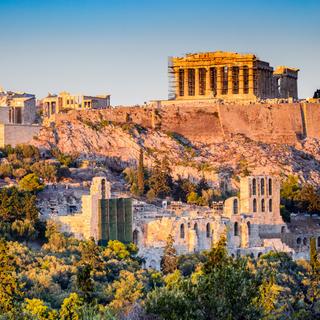
Home to some of the world’s most iconic ancient ruins, Athens is a city that will transport you back in time. Dominated by the Acropolis, this Greek capital is unrivaled for its classical architectural remains. Summer in Athens intensifies the sensory experience with the heat elevating the ancient stones’ warm hues. The city bustles with tourists, as cultural festivities celebrating its historical heritage are plentiful. While modern in its pace, Athens maintains reverence for its architectural monuments.
Athens offers unparalleled access to ancient Greek architecture, providing rich insights through its numerous historic sites like the Parthenon and ancient Agora. The dry summer season facilitates thorough excursions with minimal interruptions from rainfall. The urban landscape allows easy movement between attractions, with guided historical tours that unveil the city's vibrant past. Furthermore, Athens hosts multiple open-air performances within historical venues, giving tourists the chance to experience the cultural vibrancy Athens is famously known for. here.
Explore the Renaissance Charm of Salamanca in Spain
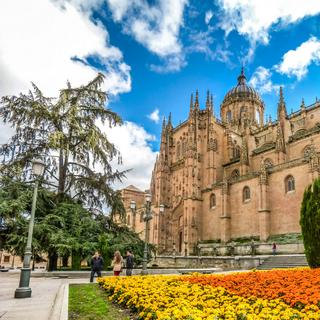
Salamanca, renowned for its sandstone architecture that glows golden in the summer sun, offers visitors a unique perspective on Renaissance art. The University of Salamanca, one of the oldest in the world, forms the city’s architectural linchpin with its Plateresque facade. The city’s scorching summers are softened by vibrant city activities and shaded plazas that host a mix of locals and global tourists. This cultural richness is complemented by a tapestry of local culinary delights and music festivals.
Given Salamanca'S architectural heritage, its summer months highlight the city's finest Renaissance and Gothic structures that captivate architecture aficionados. Dry summer days are perfect for strolling through its well-preserved historic quarter while attending university lectures that offer historical context. Walking tours frequently bring attention to its detailed facade carvings, with narratives about its influence on Spanish intellectual movements. Salamanca's intimate size allows a leisurely exploration pace and firsthand enjoyment of local cultural elements. this link.
Marvel at Rome’s Timeless Architectural Heritage in Italy
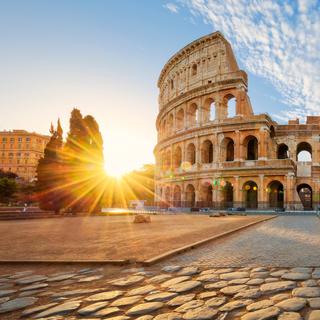
Rome, often known as the Eternal City, offers non-stop reinstatements of its rich architectural history at every corner, from the Colosseum to Vatican City's opulence. In summer, the city's warm climate enhances these visits as long daylight hours lengthen touring opportunities. Rome’s neighborhoods, teeming with cafes and squares, reflect ancient Roman times and contemporary Italian culture seamlessly. As visitors meander through Rome, the chance to participate in summer festivals and enjoy authentic Italian gastronomy maximizes the architectural exploration experience.
Aside from its extensive range of classical Italian architecture, Rome stands out in summer due to its glorious weather, favorable for visiting iconic landmarks like the Pantheon and the Roman Forum. Its vibrant public squares are masterpieces of Baroque architecture and serve as social hubs, often featuring free concerts and art displays during the summer evenings. Rome’s comprehensive visitor guides and activity schedules enhance navigational ease, while the city’s vibrant cultural life offers immersive experiences. here.
Additional European Destinations for Architectural Exploration
Europe offers a plethora of exhilarating destinations for those keen to explore architectural masterpieces. Barcelona in Spain captivates with its Gaudí facades and vibrant modernism, providing unique aesthetics amid a lively urban scenery. Nestled along the Amalfi Coast, Positano, Italy, features pastel-hued buildings in cliffside formations showcasing a cinematic vista and historical lineage. In Portugal, Sintra’s romantic architectural style captivates with its regal palaces and lush hillside gardens. Germany’s Munich and Nürnberg offer a harmonious melange of medieval and contemporary designs, celebrated through beer gardens and timbered buildings. The refined architecture of Stockholm, Sweden, combines Scandinavian simplicity with grand historical sites. Hallstatt, Austria provides a quaint alpine setting with characteristic wooden structures and amazing lakeside views. Meanwhile, Sarajevo in Bosnia and Herzegovina, along with Belgrade in Serbia, showcase a cultural crossroad of Ottoman and Austro-Hungarian influences, reflected vividly in their architectures. In Italy, Urbino enthralls with its Renaissance hilltop landscape, while Bratislava of Slovakia offers a picturesque old town castle and lively cafe culture.
Architecture and History in Central Spain's Heart
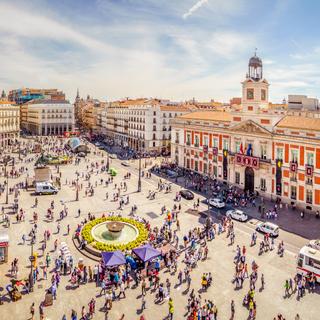
Central Spain holds a rich repository of architectural legacy with an array of cities showcasing varied styles from Gothic to Renaissance. This vast region gets particularly vibrant in the summer as fiestas and local festivals bring together colorful traditions and history. From quiet hamlets to bustling urban centers like Madrid, the region offers diversity and a vivid mix of ancient pathways and modern thoroughfares. The summer climate, typically dry and sunny, is ideal for comprehensive site investigations.
For architecture enthusiasts, Central Spain provides access to grand cathedrals, elaborative castles, and quaint medieval towns like Toledo, making it a perfect tapestry of Gothic and Mudejar craftsmanship. The warm summer weather enriches outdoor events, providing a lively atmosphere conducive to historical exploration. Essential sites like Segovia's aqueducts and Avila's walls are remarkable showcases of Roman and medieval ingenuity. Comfortable transportation links and infrastructure further facilitate effortless explorations across the region's architectural gems. this link.
Experience Aegean Sea's Architectural Treasures
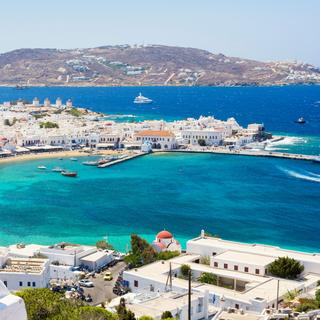
The Aegean Sea region encompasses numerous islands and coastal pockets rich in ancient history and charming landscapes. Known for its clear waters and beautiful beaches, the area holds a significant cache of historical architecture dating back to Hellenistic and Byzantine periods. In summer, the thriving tourism activity coupled with cultural festivals breathes life into the islands, infusing a lively spirit. Coastal towns, including those on the islands of Santorini and Mykonos, offer fits pots of quintessential Greek architecture.
The Aegean Sea - Greece, with its sun-drenched islands, is a paradise for individuals keen on exploring Greek architecture. Renowned sites, such as Delos' archaeological wonders or Santorini’s cliffside constructions, contribute significantly towards understanding ancient civil engineering and artistic sensibilities. The brightness of summer allows visitors to uncover sweeping vistas from ancient ruins with unparalleled clarity. Island hopping, facilitated by ferries and cruises, enables seamless transitions between sites, each offering new facets of the Aegean’s historical complexities. here.
Explore Malta's Rich Architectural Landscape
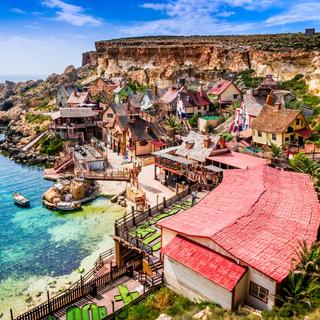
Malta’s central Mediterranean positioning has historically made it a crossroads of ancient civilizations, leaving behind a plethora of well-preserved architectural heritage. From prehistoric temples to the baroque wonders in Valletta, Malta pulsates with a historical aura. The island’s compact size grants easy access to its architectural marvels, all bathed in Mediterranean sunlight throughout the summer. As visitors wander through its towns and coastal vistas, they find a living museum of European and Mediterranean legacy.
For those invested in architectural heritage, Malta offers remarkable sites that span many historical ages. Megalithic temples, medieval cityscapes, and contemporary influences exist harmoniously, each beckoning with unique stories. The favorable summer climate offers bright, rain-free days perfect for exploring the distinctive stonework and facades seen throughout the islands. Tourists can revel in guided tours that elucidate the archipelago’s diverse history, augmented by the local populace’s enthusiastic narrations. this link.
Opinions

